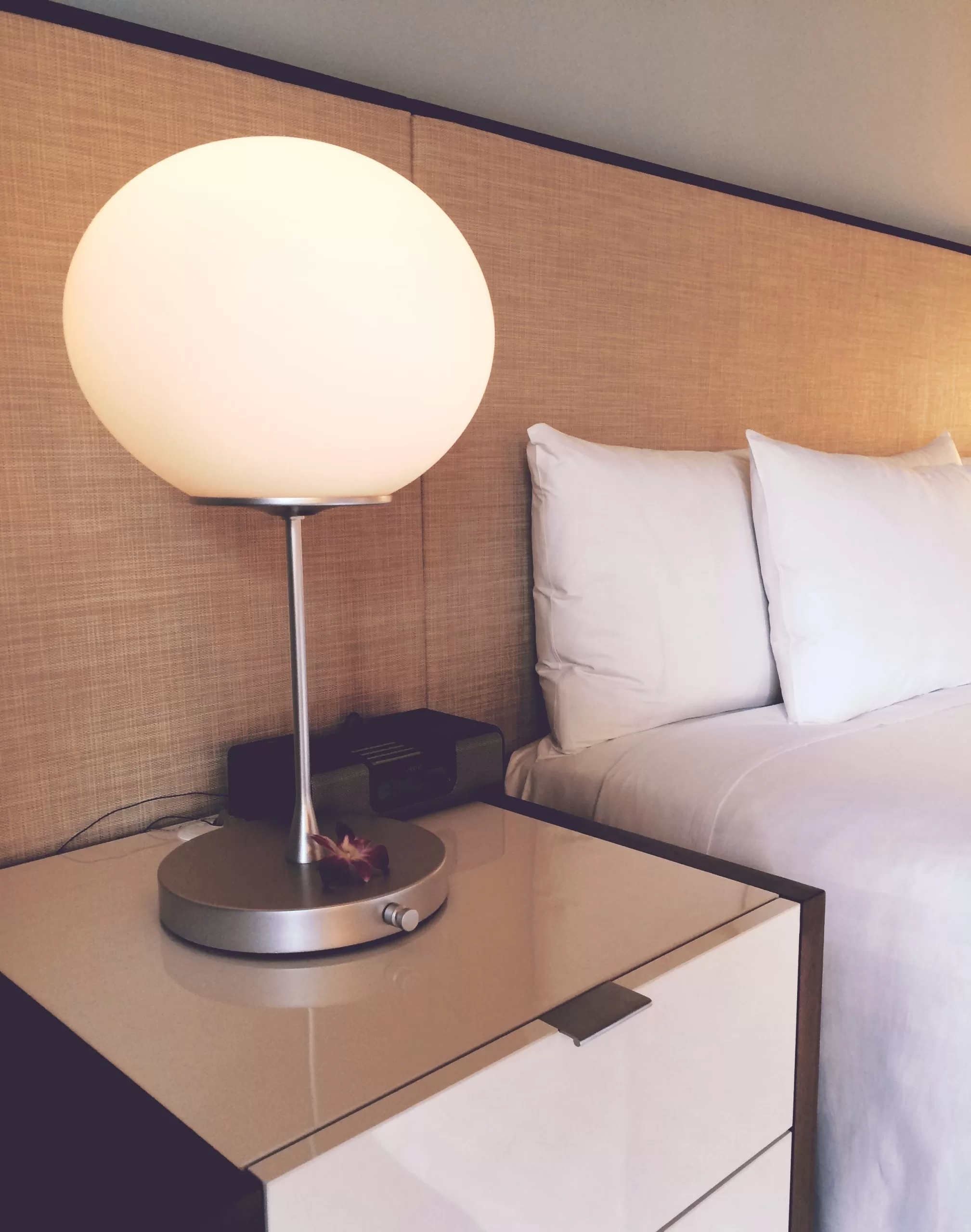Introduction: Exploring the Charm of Historical Homestays
Historical homestays offer a unique opportunity to step back in time and experience the charm and elegance of centuries-old accommodations. These accommodations, often converted from historic buildings such as castles, manor houses, or traditional homes, provide a glimpse into the past and allow visitors to immerse themselves in the rich history and culture of a destination. In this article, we will delve into the allure of historical homestays, their contribution to cultural heritage, unique features, famous residences, immersive experiences, architectural marvels, interior design, global heritage, and tips for a memorable stay.
Unveiling the Rich History: A Journey into Centuries-Old Accommodations
When staying in a historical homestay, guests are not merely booking a room; they are embarking on a journey through time. These accommodations often have fascinating stories to tell, with their walls echoing the footsteps of historical figures and witnessing significant events. From medieval castles that have withstood sieges to stately manor houses that have hosted royalty, each historical homestay has a tale to share. By staying in these accommodations, visitors can become part of the narrative and gain a deeper understanding of the past.
The Allure of Historical Homestays: Why Sleep in Centuries-Old Accommodations?
The allure of historical homestays lies in their ability to transport guests to a different era. Unlike modern hotels, these accommodations offer an authentic and immersive experience that cannot be replicated elsewhere. Sleeping in a centuries-old bed, walking on creaky wooden floors, and admiring antique furnishings create a sense of nostalgia and connection to the past. The charm and character of historical homestays provide a break from the monotony of standardized accommodations, allowing guests to truly feel like they are living in a bygone era.
Preserving the Past: How Historical Homestays Contribute to Cultural Heritage
Historical homestays play a crucial role in preserving cultural heritage. By converting historic buildings into accommodations, these properties are saved from neglect or demolition. The restoration and maintenance of these structures ensure that their architectural and historical significance is preserved for future generations. Additionally, the income generated from historical homestays often goes towards the upkeep of the property and supports local communities, further contributing to the preservation of cultural heritage.
A Glimpse into the Past: Unique Features of Centuries-Old Accommodations
One of the most captivating aspects of historical homestays is their unique features. From grand fireplaces and ornate ceilings to secret passageways and hidden chambers, these accommodations are filled with architectural marvels that tell stories of their own. The craftsmanship and attention to detail in centuries-old accommodations are often unparalleled, showcasing the skills and techniques of the past. Guests can marvel at the intricate carvings, stained glass windows, and original artwork that adorn these properties, providing a feast for the eyes and a glimpse into the craftsmanship of yesteryears.
Famous Historical Homestays: Iconic Residences with Stories to Tell
Some historical homestays have gained fame due to their association with notable figures or significant events. These iconic residences have become symbols of history and attract visitors from around the world. For example, the Château de Versailles in France, once the residence of French kings, offers visitors a chance to experience the opulence and grandeur of the royal court. Similarly, the Alhambra in Spain, a Moorish palace, showcases the architectural brilliance of the Islamic civilization. These famous historical homestays not only provide a glimpse into the lives of the past but also serve as cultural landmarks.
Living History: Immersive Experiences in Historical Homestays
Staying in a historical homestay is not just about sleeping in a centuries-old accommodation; it is about living history. Many historical homestays offer immersive experiences that allow guests to participate in activities and traditions from the past. Whether it’s dressing up in period costumes, learning traditional crafts, or dining on authentic cuisine, these experiences transport guests back in time and provide a deeper understanding of the culture and lifestyle of the era. By actively engaging with history, visitors can create lasting memories and forge a personal connection with the past.
Architectural Marvels: Admiring the Design and Construction of Centuries-Old Accommodations
The design and construction of centuries-old accommodations are a testament to the architectural marvels of the past. From Gothic cathedrals to Renaissance palaces, historical homestays showcase a wide range of architectural styles and techniques. The intricate details, such as vaulted ceilings, flying buttresses, and frescoes, highlight the skill and creativity of the craftsmen who built these structures. By admiring the architectural features of historical homestays, guests can gain a deeper appreciation for the artistry and innovation of the past.
Timeless Elegance: The Interior Design of Historical Homestays
The interior design of historical homestays exudes timeless elegance and sophistication. These accommodations often feature period furnishings, antique artwork, and luxurious fabrics that transport guests to a bygone era. From four-poster beds and chandeliers to tapestries and oil paintings, every element is carefully curated to create an atmosphere of opulence and refinement. The attention to detail in the interior design of historical homestays ensures that guests are surrounded by beauty and elegance throughout their stay.
Historical Homestays Around the World: Exploring Global Heritage
Historical homestays can be found in various parts of the world, each offering a unique glimpse into global heritage. From the medieval castles of Europe to the traditional ryokans of Japan, these accommodations showcase the diverse architectural styles and cultural traditions of different regions. Whether it’s staying in a colonial mansion in South America or a riad in Morocco, historical homestays provide an opportunity to explore the rich heritage of different countries and immerse oneself in their unique cultures.
Tips for a Memorable Stay: Making the Most of Your Historical Homestay Experience
To make the most of your historical homestay experience, there are a few tips to keep in mind. Firstly, research the history and significance of the property before your stay to fully appreciate its heritage. Secondly, take advantage of any guided tours or activities offered by the homestay to gain a deeper understanding of the property and its surroundings. Thirdly, embrace the ambiance and immerse yourself in the experience by dressing up in period costumes or participating in traditional activities. Finally, take the time to relax and enjoy the unique atmosphere of the historical homestay, allowing yourself to be transported to a different time and place.
Conclusion: Embracing the Magic of Historical Homestays
Historical homestays offer a magical and immersive experience that allows guests to step back in time and embrace the charm of centuries-old accommodations. From the rich history and cultural heritage they preserve to the unique features and architectural marvels they showcase, these accommodations provide a glimpse into the past like no other. By staying in historical homestays, guests can create lasting memories, forge a personal connection with history, and gain a deeper appreciation for the beauty and elegance of the past. So, why settle for a standard hotel when you can sleep in a centuries-old accommodation and embark on a journey through time?



